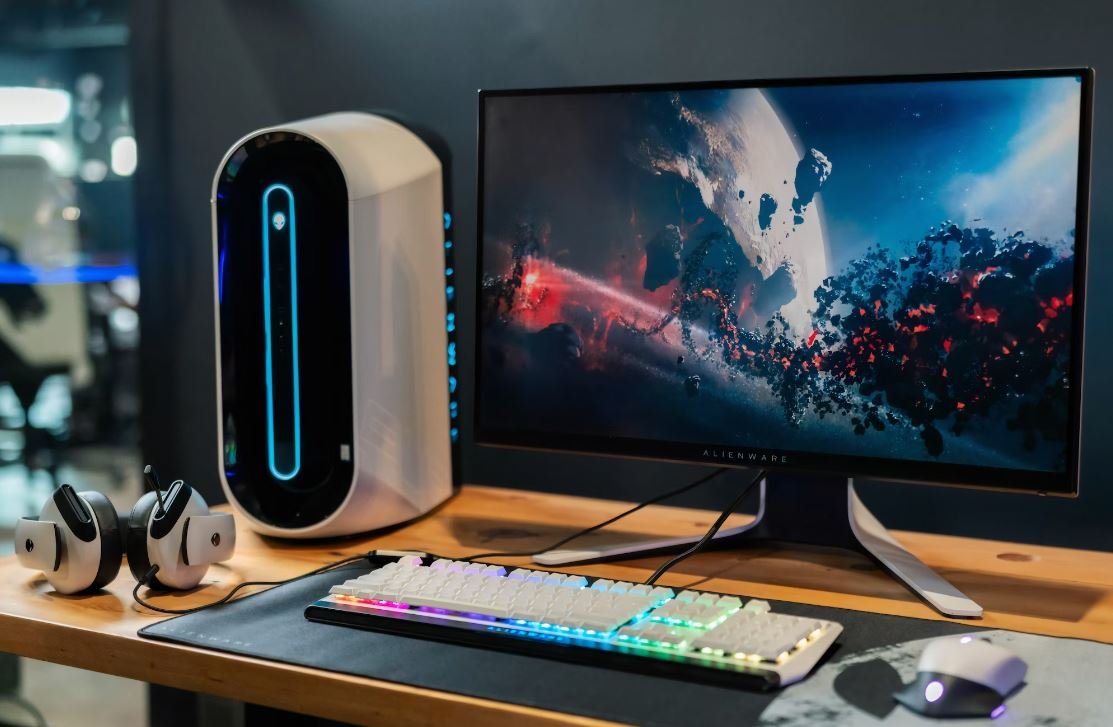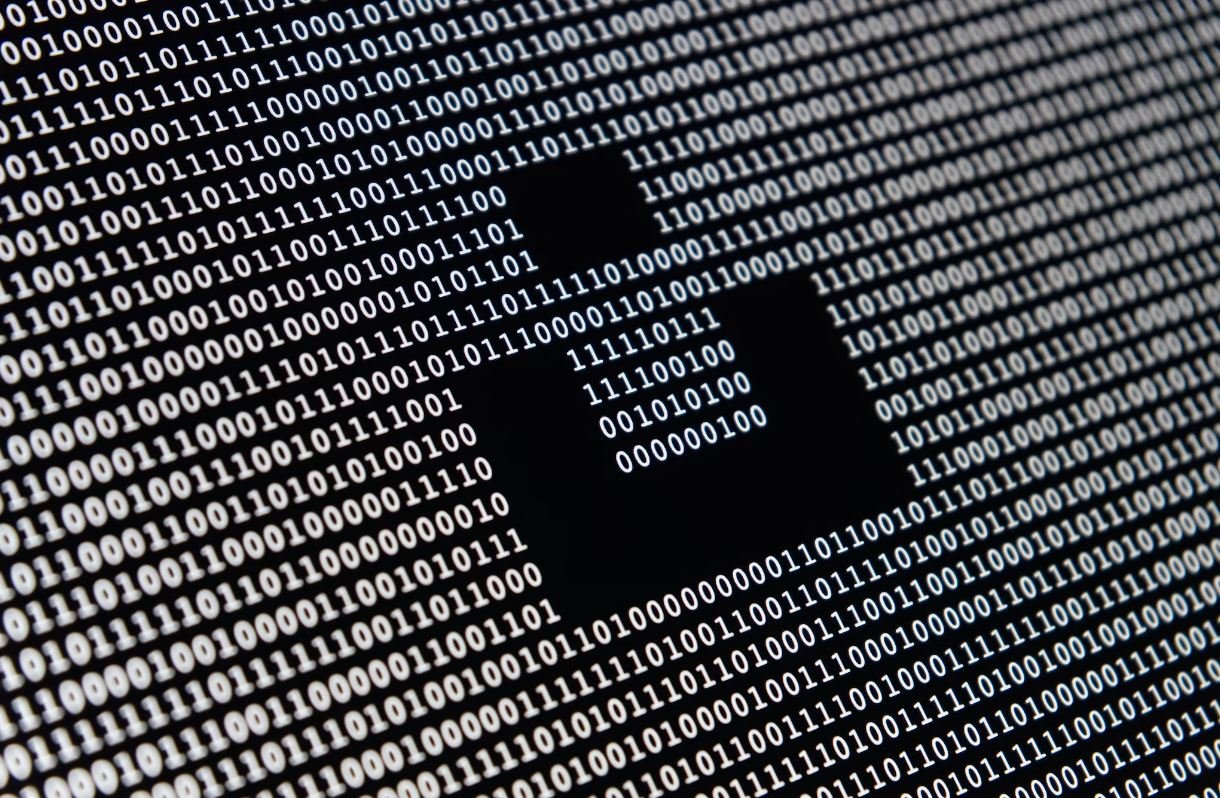When India Got Independence
India’s struggle for independence from British rule is a significant chapter in its history. After years of non-violent protests, sacrifices, and perseverance, India finally achieved independence on August 15, 1947. This day marked the end of British colonial rule and the birth of a new nation.
Key Takeaways:
- India gained independence from British rule on August 15, 1947.
- The independence movement was led by prominent freedom fighters like Mahatma Gandhi, Jawaharlal Nehru, and Subhash Chandra Bose.
- India’s struggle for independence was a combination of non-violent protests, civil disobedience movements, and armed rebellions.
- The partition of India led to the creation of India and Pakistan, resulting in widespread violence and mass migrations.
- Independence Day, celebrated on August 15th every year, is a national holiday in India.
*India’s independence marked not only the end of British colonial rule but also the beginning of a new era of self-governance, democracy, and nation-building.
The Road to Independence
The road to India’s independence was long and arduous. It was marked by several notable events and movements that played a crucial role in shaping the country’s destiny. The non-violent protests led by Mahatma Gandhi, such as the Salt March and the Quit India Movement, gained widespread support and drew attention to the cause of freedom.
*Mahatma Gandhi’s principle of non-violence, also known as Satyagraha, inspired millions of Indians to participate in the freedom struggle.
The Indian National Congress, established in 1885, played a central role in the independence movement. It spearheaded various movements and campaigns, demanding political and social reforms, and eventually evolved into the primary political party of independent India.
Partition of India
One of the most significant consequences of India’s independence was the partition of the country. As a result of religious and political differences between Hindus and Muslims, British India was divided into two separate nations – India and Pakistan.
*The partition led to widespread violence, communal riots, and mass migrations, resulting in the displacement of millions and immense human suffering.
The newly formed nations faced numerous challenges, including the reorganization of territories, the resettlement of refugees, and communal tensions. The partition left a lasting impact on the social, political, and cultural fabric of the region.
India Today
Today, India is the world’s largest democracy and a rapidly developing economy. It has made significant progress in various fields, including science, technology, education, and healthcare. Despite its diversity and challenges, India continues to strive for progress and growth.
*India’s rise as a global power has captivated the attention of the world, making it a key player on the international stage.
Interesting Facts About India’s Independence:
| Table 1: Key Figures | |
|---|---|
| India’s First Prime Minister: | Jawaharlal Nehru |
| Date of Independence: | August 15, 1947 |
| Architect of India’s Constitution: | B.R. Ambedkar |
*Jawaharlal Nehru, the first Prime Minister of India, played a pivotal role in shaping the country’s post-independence policies and laying the foundation for its development.
Impact of Independence
India’s independence had far-reaching effects both within and outside the country. It not only granted Indians the right to self-governance but also inspired numerous other countries to fight for their independence from colonial rule.
- India’s independence paved the way for the freedom of many other countries across the world.
- It ignited a sense of pride and national identity among Indians, leading to the revival of indigenous culture and traditions.
- The country saw significant social reforms and initiatives aimed at alleviating poverty, improving education, and empowering marginalized communities.
India’s Journey Continues
India’s journey since gaining independence has been characterized by progress, challenges, and resilience. As the country continues to evolve, it faces new opportunities and obstacles that shape its future.
*The legacy of India’s struggle for independence serves as a reminder of the power of unity, perseverance, and the importance of upholding democratic values.
India’s independence is not just a historical milestone but an ongoing process that shapes the destiny of its people. It symbolizes the triumph of determination and the spirit of a nation striving for a brighter future.

Common Misconceptions
Independence and Partition
One common misconception about India’s independence is that it was solely achieved through peaceful means. While the Indian independence movement led by Mahatma Gandhi emphasized non-violent civil disobedience, the path to independence also witnessed widespread violence and bloodshed during the time of partition.
Related misconceptions:
- Independence was entirely achieved through peaceful protests and non-violent resistance.
- The partition of India was a smooth and peaceful process.
- The entire Indian population unanimously supported the non-violent independence movement.
Role of British Administration
Another misconception is that the British colonial administration played a positive role in preparing India for independence. While there were indeed some progressive British officials who worked towards the upliftment of Indians, the overall impact of British rule was oppressive and focused on exploiting India’s resources for the benefit of Britain.
Related misconceptions:
- The British administration actively supported the Indian independence movement.
- British rule in India had more positive impacts than negative ones.
- The British empowered Indians and improved their living conditions.
Unity within India
Many people have the misconception that India’s independence automatically resulted in unity among all its diverse communities. In reality, India experienced significant communal tensions and conflicts during and after the partition, leading to mass migrations and communal violence.
Related misconceptions:
- All Indians were united in their struggle for independence.
- The partition did not have a significant impact on communal harmony within India.
- India’s diversity was celebrated and embraced by all communities during the independence movement.
Role of Indian National Congress
Some people hold the misconception that the Indian National Congress (INC) was the sole driving force behind India’s independence. While the INC played a pivotal role in the struggle for independence, there were also other political parties and movements that contributed to the cause.
Related misconceptions:
- The INC alone led the entire independence movement.
- Other political parties and movements had negligible impact on India’s fight for independence.
- The INC’s leadership was not subject to any internal divisions or conflicts.
Immediate Impact of Independence
Lastly, there is a misconception that India’s independence immediately resulted in substantial improvements in the lives of its citizens. While independence was a momentous achievement, India faced numerous challenges in the post-independence era, including poverty, illiteracy, and political stability.
Related misconceptions:
- India rapidly transformed into a fully developed country after gaining independence.
- Life significantly improved for all Indians as soon as they gained independence.
- All regions of India equally benefited from independence.

The Fight for Independence
India’s struggle for independence was a historic movement that spanned several decades, marking a significant milestone in the nation’s history. The quest for freedom saw the rise of various leaders, organizations, and events that played a vital role in shaping the destiny of India. The following tables shed light on some key aspects and achievements during this era.
Leaders of the Independence Movement
The Indian independence movement was led by numerous influential figures who inspired millions with their dedication, vision, and resilience. The table below highlights a few prominent leaders and their contributions.
| Leader | Contribution |
|———————|————————————————|
| Mahatma Gandhi | Promoted nonviolent civil disobedience |
| Jawaharlal Nehru | First Prime Minister of India |
| Subhas Chandra Bose | Organized the Indian National Army |
| Sarojini Naidu | Known as the ‘Nightingale of India’ |
| Bhagat Singh | Fought against British colonial rule |
Important Events
The Indian independence movement was marked by several significant events that united the masses and served as catalysts for change. The table below presents a few key events that shaped the course of India’s struggle for freedom.
| Event | Year | Significance |
|—————————-|————|————————————————–|
| Salt March | 1930 | Nonviolent protest against British salt monopoly |
| Jallianwala Bagh Massacre | 1919 | Brutal massacre of peaceful protesters |
| Quit India Movement | 1942 | Demanding immediate British withdrawal |
| Partition of Bengal | 1905 | Dividing Bengal on religious lines |
| Dandi March | 1930 | Led by Gandhi to protest against salt tax |
Freedom Fighters
In addition to the renowned leaders, countless unsung heroes played a pivotal role in the freedom struggle. This table showcases a few remarkable individuals who fought for India’s independence.
| Freedom Fighter | Contribution |
|——————–|————————————————|
| Rani Lakshmibai | One of the leading figures in the 1857 revolt |
| Khudiram Bose | Executed at a young age for revolutionary acts |
| Begum Hazrat Mahal | Led the Lucknow uprising against the British |
| Chandrashekhar Azad| Participated in numerous acts of resistance |
| Annie Besant | Played a key role in the Home Rule Movement |
Women in the Freedom Struggle
Indian women played an indispensable role in the independence movement, defying societal norms and leaving an indelible mark. The following table showcases a few fierce women who spearheaded change.
| Freedom Fighter | Contribution |
|——————–|————————————————|
| Aruna Asaf Ali | Organized the underground movement during WWII |
| Kamaladevi Chattopadhyay | Prominent leader in the Quit India Movement |
| Sucheta Kriplani | India’s first female Chief Minister |
| Vijayalakshmi Pandit | First female President of the UN General Assembly |
| Kasturba Gandhi | Wife of Mahatma Gandhi, active in civil disobedience |
National Symbols
India’s quest for independence also gave rise to important national symbols that embody the nation’s values and aspirations. This table presents a few such symbols that hold great significance.
| Symbol | Significance |
|——————–|————————————————-|
| National Flag | Represents freedom, courage, and integrity |
| National Anthem | Composed to evoke a sense of national unity |
| Ashoka Chakra | Symbolizes righteous governance and progress |
| Tiger | National animal depicting strength and power |
| Lotus | Symbol of purity, enlightenment, and renewal |
Leaders of the British Raj
During the British Raj, several individuals governed India on behalf of the British Empire. The table below provides insights into some prominent leaders and their roles.
| British Leader | Role |
|—————————-|——————————————-|
| Lord Mountbatten | Last Viceroy of India |
| Governor-General Canning | Governor-General during the 1857 revolt |
| Lord Dalhousie | Introduced several modernization reforms |
| Governor-General Curzon | Responsible for the Partition of Bengal |
| Lord Wellesley | Initiated British expansion in South India |
Movements and Organizations
A multitude of movements and organizations emerged to support the cause of independence in India. The following table captures a few key entities and their roles in shaping the nation’s destiny.
| Movement/Organization | Ideology |
|—————————–|—————————————————|
| Indian National Congress | Spearheaded the freedom movement |
| All India Muslim League | Voiced concerns of Indian Muslims |
| Hindu Mahasabha | Advocated for Hindu interests |
| Ghadar Party | Promoted revolutionary ideas against British rule |
| Swadeshi Movement | Encouraged self-reliance and boycotting of foreign goods |
Post-Independence Achievements
Attaining independence marked the beginning of a new era for India, filled with hope, challenges, and accomplishments. The table below highlights a few notable achievements in the post-independence era.
| Achievement | Year |
|——————————————|————|
| Adoption of the Indian Constitution | 1950 |
| Green Revolution in agriculture | 1960s-70s |
| Successful Mars Orbiter Mission | 2014 |
| Economic Liberalization | 1991 |
| Becoming a nuclear power | 1974 |
Conclusion
The journey to Indian independence was arduous yet inspiring, marked by the relentless efforts of leaders, organizations, and ordinary citizens who fought passionately for their nation’s freedom. Through nonviolent resistance, mass movements, and perseverance, India emerged as a sovereign nation, witnessing remarkable progress in the post-independence era. The legacy of these struggles continues to shape India’s identity and serves as a reminder of the indomitable spirit of its people.
Frequently Asked Questions
What is the significance of India’s Independence Day?
Who played a crucial role in India’s struggle for independence?
When did India become independent?
How did India gain its independence?
What was the impact of India’s independence?
Did the partition of India occur during independence?
Who became the first Prime Minister of independent India?
What is India’s national flag and why is it significant?
How is India’s Independence Day celebrated?
Is August 15th a public holiday in India?




